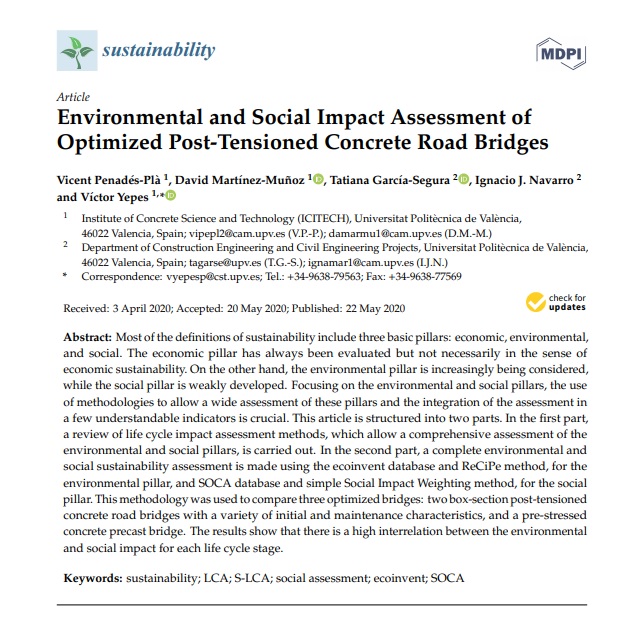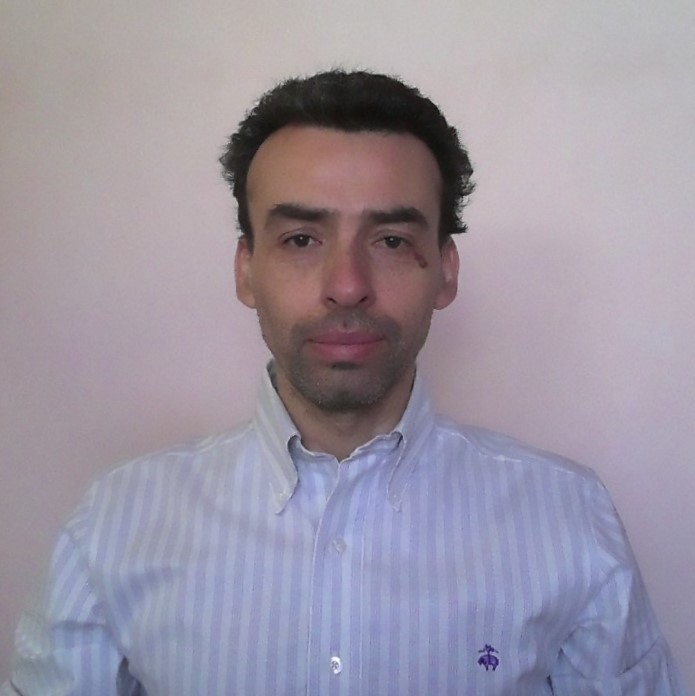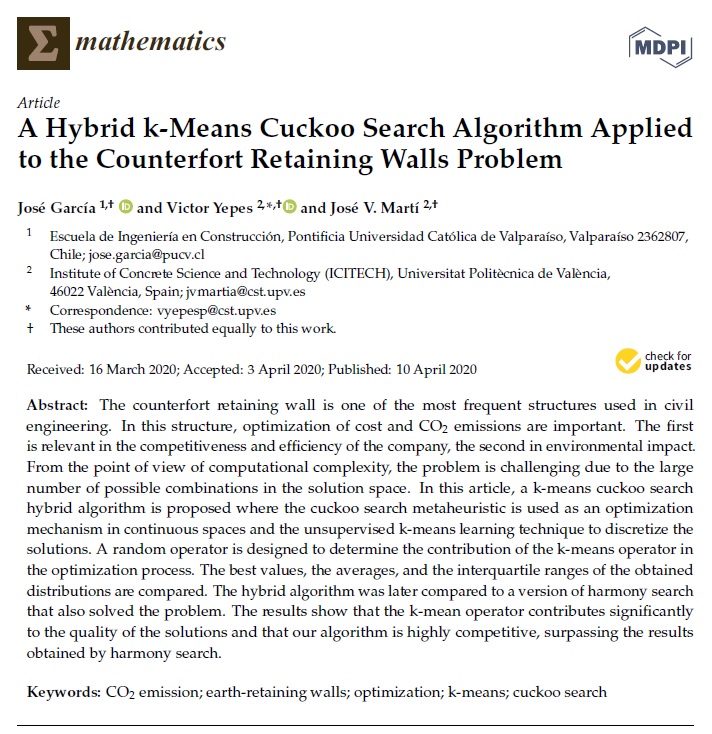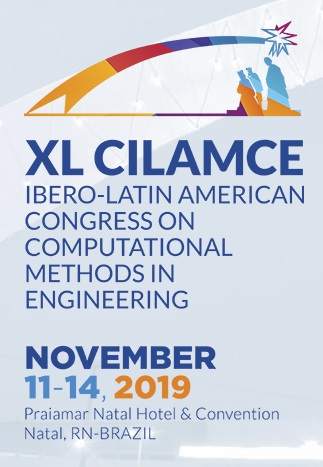Mathematics (ISSN 2227-7390) is a peer-reviewed open access journal which provides an advanced forum for studies related to mathematics, and is published monthly online by MDPI. The European Society for Fuzzy Logic and Technology (EUSFLAT) and International Society for the Study of Information (IS4SI) are affiliated with Mathematics and their members receive a discount on article processing charges.
- Open Access—free for readers, with article processing charges (APC) paid by authors or their institutions.
- High Visibility: Indexed in the Science Citation Indexed Expanded – SCIE (Web of Science) from Vol. 4 (2016) and Scopus.
- Rapid Publication: manuscripts are peer-reviewed and a first decision provided to authors approximately 16.4 days after submission; acceptance to publication is undertaken in 4.6 days (median values for papers published in this journal in the first half of 2020).
- Recognition of Reviewers: reviewers who provide timely, thorough peer-review reports receive vouchers entitling them to a discount on the APC of their next publication in any MDPI journal, in appreciation of the work done.
Impact Factor: 1.747 (2019) (First decile JCR)
Special Issue “Deep Learning and Hybrid-Metaheuristics: Novel Engineering Applications”
Deadline for manuscript submissions: 30 April 2021.
Special Issue Editors
Interests: multiobjective optimization; structure optimization; lifecycle assessment; social sustainability of infrastructures; reliability-based maintenance optimization; optimization and decision-making under uncertainty
Special Issues and Collections in MDPI journals
Interests: optimization; deep learning; operations research; artificial intelligence applications to industrial problems
Special Issue Information
Dear Colleagues,
Hybrid metaheuristic methods have shown very good performances in different combinatorial problems. Additionally, the rise of machine learning techniques has created a space to develop metaheuristic algorithms that use these techniques in order to tackle NP-hard problems and improve the convergence of algorithms. In this Special Issue, we invite researchers to submit papers in this optimization line, applying hybrid algorithms to industrial problems, including but not limited to industrial applications, and challenging problems arising in the fields of big data, construction, sustainability, transportation, and logistics, among others.
Deep learning techniques have also been important tools in extracting features, classifying situations, predicting events, and assisting in decision making. Some of these tools have been applied, for example, to Industry 4.0. Among the main techniques used are feedforward networks (FNN), convolutional networks (CNN), long-term short memory (LSTM), autoencoders (AE), enerative adversarial networks, and deep Q-networks (DQNs). Contributions on practical deep learning applications and cases are invited to this Special Issue, including but not limited to applications to the industry of computational vision, natural language processing, supervised learning applied to industry, unsupervised learning applied to industry, and reinforcement learning, among others.
Prof. Dr. Víctor Yepes
Dr. José Antonio García
Guest Editors
Manuscript Submission Information
Manuscripts should be submitted online at www.mdpi.com by registering and logging in to this website. Once you are registered, click here to go to the submission form. Manuscripts can be submitted until the deadline. All papers will be peer-reviewed. Accepted papers will be published continuously in the journal (as soon as accepted) and will be listed together on the special issue website. Research articles, review articles as well as short communications are invited. For planned papers, a title and short abstract (about 100 words) can be sent to the Editorial Office for announcement on this website.
Submitted manuscripts should not have been published previously, nor be under consideration for publication elsewhere (except conference proceedings papers). All manuscripts are thoroughly refereed through a single-blind peer-review process. A guide for authors and other relevant information for submission of manuscripts is available on the Instructions for Authors page. Mathematics is an international peer-reviewed open access monthly journal published by MDPI.
Please visit the Instructions for Authors page before submitting a manuscript. The Article Processing Charge (APC) for publication in this open access journal is 1200 CHF (Swiss Francs). Submitted papers should be well formatted and use good English. Authors may use MDPI’s English editing service prior to publication or during author revisions.
Keywords
- Construction
- Smart cities
- Optimization
- Deep learning












